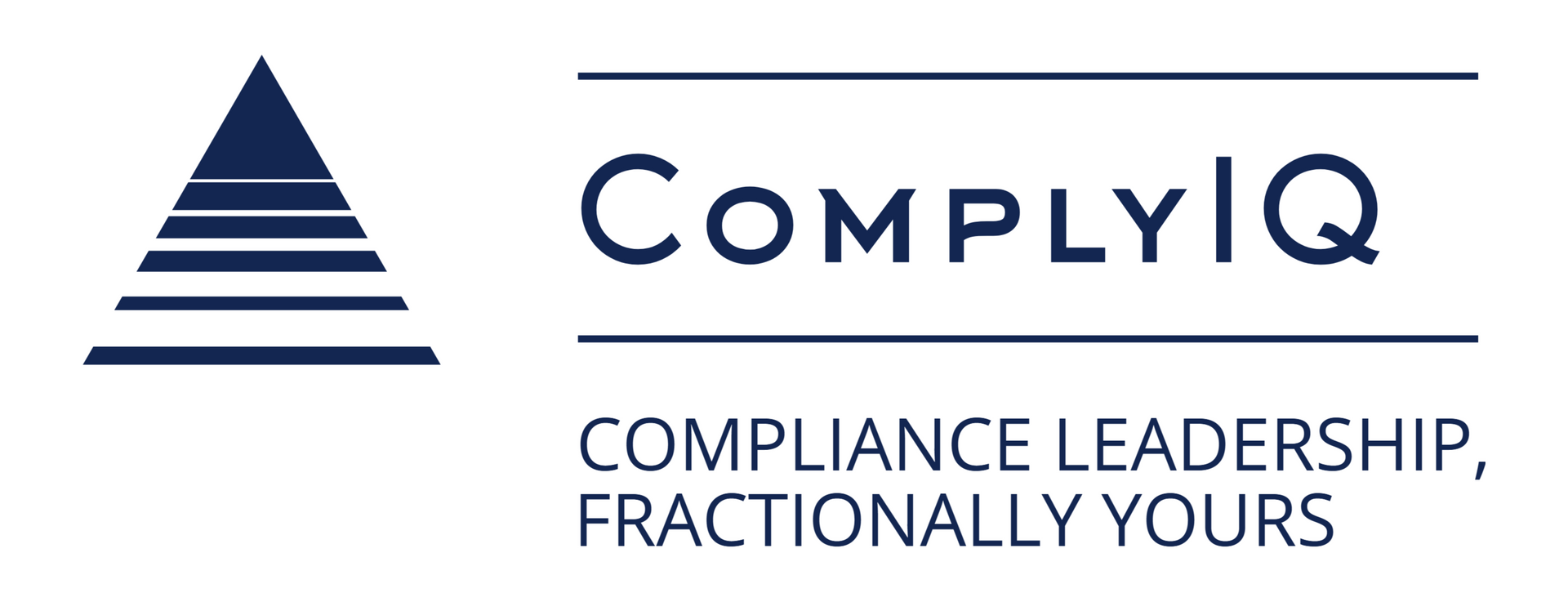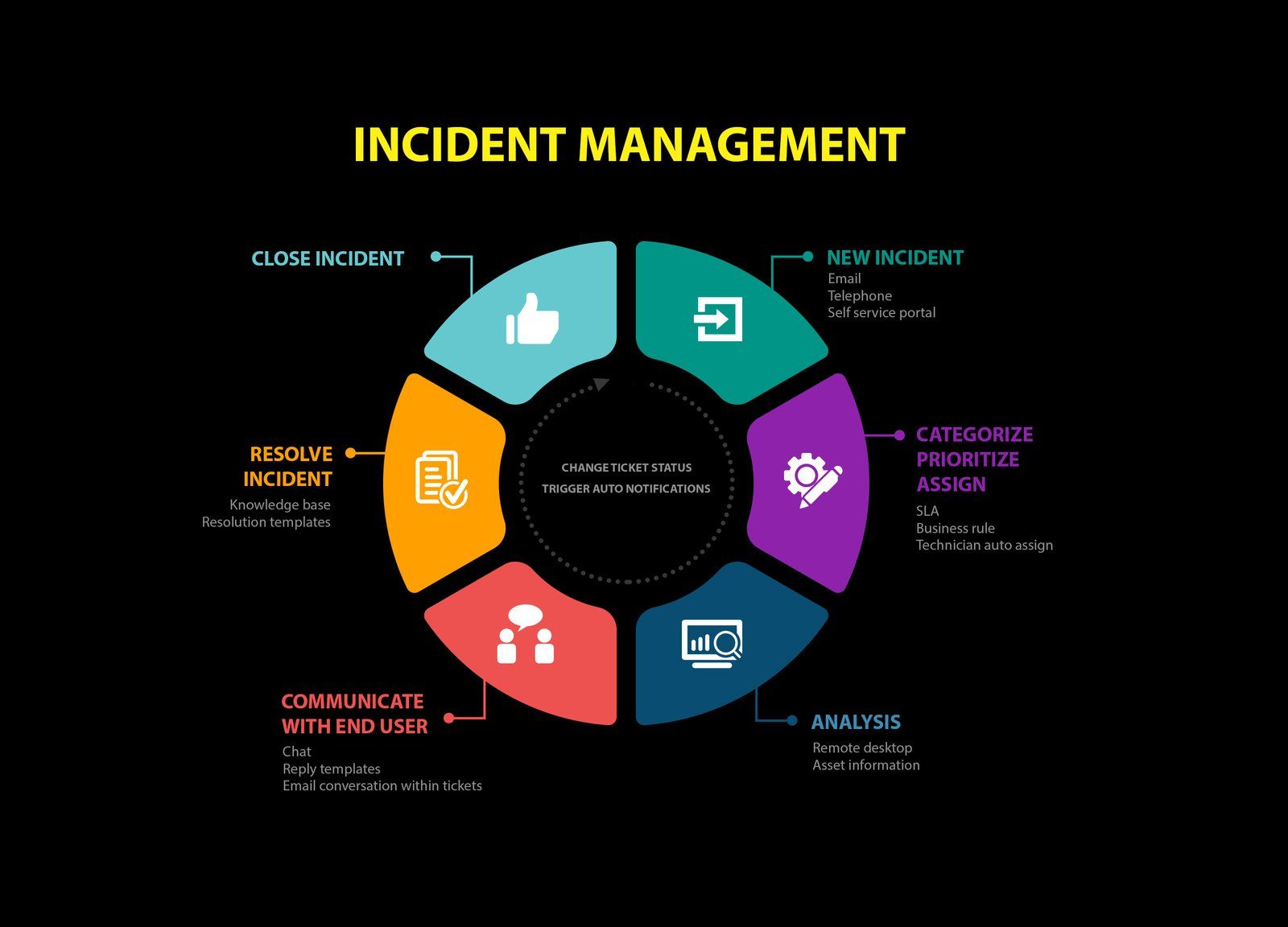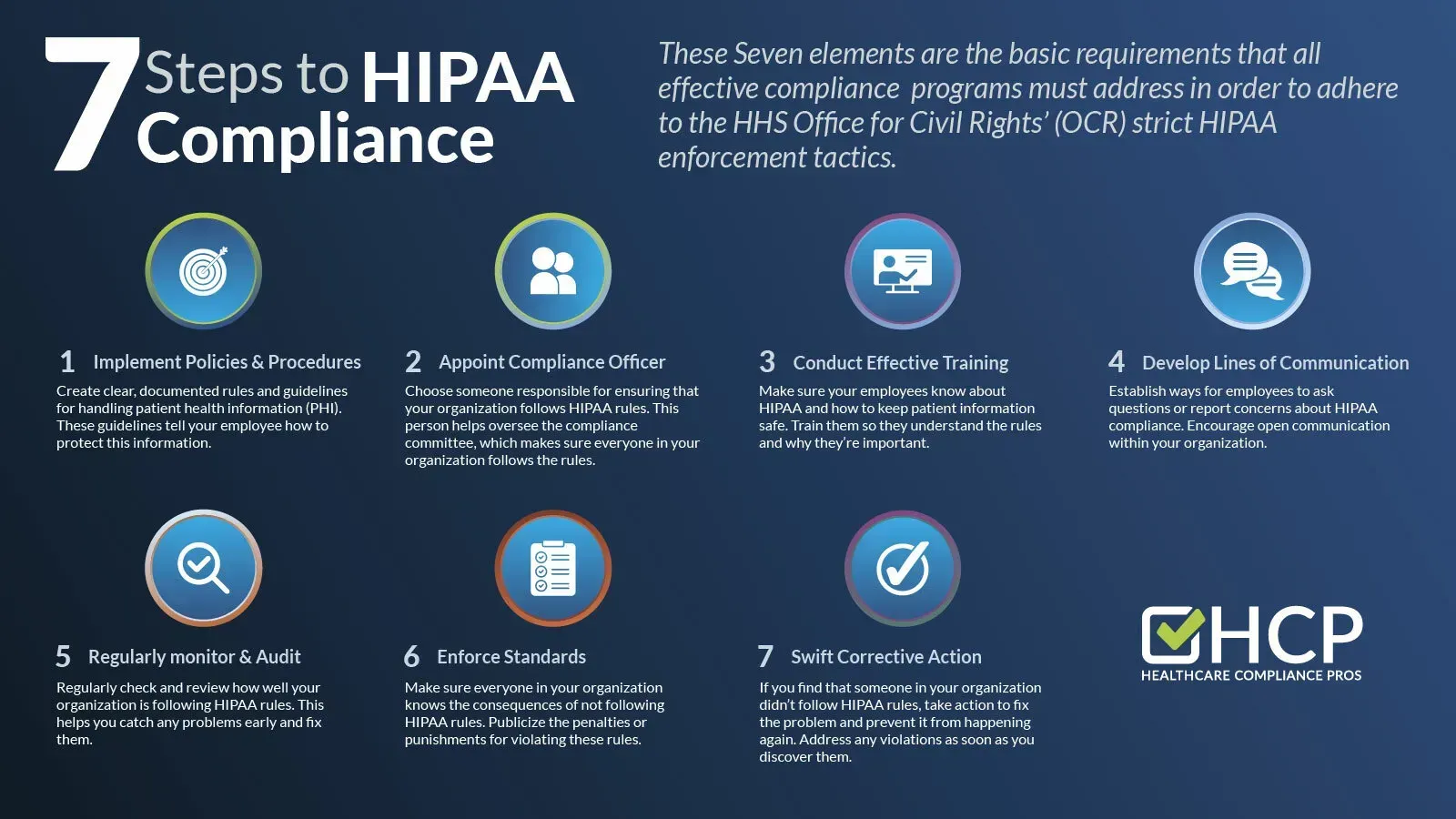Biggest Blockers to Embedding Compliance Into Sprints: 3 Fixes
Learn the biggest blockers to embedding compliance into sprints and get a compact three-step plan, sprint checklist, and 24–48 hour SLA tactics to keep releases on time.

Introduction
Sprints stop for compliance.
The biggest blockers to embedding compliance into sprints are predictable: last-minute questions, unclear ownership, and licensing uncertainty. In this 1,500-word tactical guide you’ll get the top blockers, a compact three-step plan to embed compliance, a sprint-ready checklist, and one practical way to get senior help fast.
Quick cheat sheet: assign one owner. Add three checkpoints. Set a 24–48 hour SLA.
Top Blockers to Embedding Compliance Into Sprints
These five blockers show up in every fintech team. Fix them and you stop losing whole release days.
- Unclear decision ownership — one person decides
When no single person owns compliance decisions, PRs stall. Product asks Legal to draft language. Legal asks Product for context. Engineering waits. Weeks of back-and-forth follow. Track a simple metric: time-to-compliance-decision (hours). Assign one compliance owner per feature and make them the final signer for compliance-related acceptances. - Ad hoc gating and late triage — questions arrive too late
Teams discover regulatory issues in QA or production. Late discovery forces large rework and missed launches. Add a compliance checklist to every ticket and a standing triage slot in sprint planning. Move questions upstream. Early triage preserves sprint velocity and reduces churn. - Missing templates and acceptance criteria — unclear “done”
A compliance-ready ticket needs fields: risk level, regulatory outcome, required artifacts, and acceptance criteria. Provide templates for privacy checks, disclosure text, and audit evidence. Use NIST controls for security baselines and AICPA guidance for SOC expectations to shape technical acceptance criteria. In plain terms: pick a short checklist for security (password rules, logging, access reviews) and make those items gate reopen or close. - Multi-jurisdictional licensing uncertainty — the state patchwork
Money transmission and lending features can trigger state licenses. Teams often pause product launches while research happens. Teach engineers a fast license lookup and run a 48-hour licensing spike when needed. Search NMLS consumer access and CSBS resources for quick checks. A fast, documented answer prevents multi-week delays. - No escalation path or SLAs — questions go cold
Without a named responder and an SLA, compliance items drop to the bottom. Set a 24–48 hour escalation window and a fast lane for urgent questions. Create a rotation so someone is always ready to respond. Fast answers keep releases moving.
Short human moment: Product: “Who signs the disclosure copy?”
Compliance: “I will, within one business day. Post the draft in the fast-lane channel.”
That single exchange avoids a week of waiting.
A Compact Three-Step Plan to Embed Compliance
This three-step plan is one page you can paste into your sprint rules. Use it this sprint.
Step 1 — Identify feature-level compliance outcomes
List concrete outcomes for the feature: disclosure, licensing trigger, data retention, consent capture, or monitoring. Map outcomes to the regulator or law — CFPB guidance on consumer disclosures, state regulators for money transmission, SEC if securities apply. Link to guidance for each outcome so reviewers use the same sources. Put outcomes in ticket fields so everyone shares the target.
Step 2 — Design three sprint checkpoints and artifacts
Create design (pre-dev), pre-release (QA), and post-release checkpoints. Attach clear acceptance criteria to each.
- Design: policy sign-off and mock disclosure copy.
- Pre-release: evidence bundle with test logs and screenshots.
- Post-release: smoke test logs and monitoring rule checks.
Integrate these as Jira workflow states or Notion templates so they act like enforced gates. For security controls, use NIST as the acceptance baseline then explain in one sentence what that baseline means for the team (for example: “We require logging, encryption for sensitive fields, and access reviews for admin functions”).
Step 3 — Route rapid escalations with a 24–48 hour SLA
Name a responder and document a 24–48 hour SLA for sprint questions. Build a “fast lane” Slack channel and rotate the on-call compliance person weekly. Record the decision and rationale to create an audit trail and feed improvements into the template library.
One-line takeaway: identify outcomes, gate releases, and name the responder.
Checklist — Steps to Run Compliance-enabled Sprints
Make the three-step plan operational with this sprint checklist. Use it for the next sprint.
Prep — Before sprint planning
- Run a 15–30 minute compliance pre-check for candidate stories.
- Tag stories with a compliance risk level.
- Attach the checkpoint template to each high-risk story.
- Pull quick lookup links for
licensing and
SOC 2 guidance.
If a story may need a license, open a 48-hour licensing spike and return a documented outcome.
Plan — During sprint planning
- Estimate compliance work inside story points.
- Assign the compliance owner in the ticket.
- Record acceptance criteria in plain language.
- Create a compliance spike with a 48-hour deadline for unresolved research.
Execute & release — During sprint and post-release
- Run the design checkpoint before dev starts.
- Run the pre-release checkpoint during QA and collect the evidence bundle automatically. Use a standard evidence structure stored in GitHub or Drive.
- Run a post-release smoke test and log outcomes. Store artifacts in a central evidence repo for audits.
Practical automation: use Jira mandatory fields and automation rules so a ticket can’t move to QA without attached artifacts.
A short example: for a payments release, the design checkpoint required a mock disclosure and a license check. The pre-release bundle included screenshots of the disclosure and a test transaction log. That single practice removed a week of back-and-forth during the original rollout.
Common Mistakes Teams Make and Fixes
Teams repeat a few costly mistakes. Fix them quickly.
- Relying on ad hoc legal advice: causes inconsistent answers and rework. Fix: assign a named compliance owner and enforce the checkpoints.
- Letting engineers do all research: wastes developer time and delays features. Fix: make compliance research a separate role or use an external hourly consult for spikes.
- Templates that drift: lead to outdated acceptance criteria. Fix: schedule quarterly template reviews tied to releases.
- Not tracking compliance debt: results in a pileup before audits. Fix: log compliance debt tickets and prioritize them with an SLA.
Tip: treat compliance debt like tech debt: visible and prioritized.
How a Fractional CCO Unblocks Sprint Friction
A fractional Chief Compliance Officer gives you senior decisions without a full-time hire. That’s useful when you need a named responder and a reliable 24–48 hour SLA.
Pilot suggestion: start a 60–90 day pilot where the fractional CCO joins sprint planning and weekly triage calls. They can sign pre-release artifacts and reduce decision lead time quickly.
Comply IQ’s Fractional CCO Services plug into sprint rituals. Use hourly consulting for one-off licensing questions or a monthly retainer to embed continuous coverage. This buys you predictable senior input without full-time overhead. Measure impact with before/after metrics: decision lead time, blocked PRs per sprint, and release delays.
Conclusion — Final Lesson and Next Step
Predictable checkpoints, single decision ownership, and a clear escalation path are the three levers to remove the biggest blockers to embedding compliance into sprints.
Try the three-step plan for one upcoming sprint and measure decision lead time. If you want help mapping this into your team, schedule a short intake call to design an initial sprint integration and pilot (60–90 days) with measurable SLAs.
FAQs
Q: How fast can a fractional CCO respond to a sprint question?
A: Expect 24–48 hour SLAs for non-urgent items and same-day responses for urgent escalations when embedded under a retainer or hourly agreement.
Q: Which features typically trigger state licensing?
A: Money transmission, lending, and payment facilitation commonly trigger licensing. Use NMLS and state resources for a quick check.
Q: What artifacts do regulators want in an audit?
A: Regulators usually seek policy sign-offs, change logs, test results, incident reports, and access-control evidence. Use SOC 2 and NIST to shape your evidence bundle.
Q: When should I hire full-time versus fractional help?
A: Hire full-time when compliance work is continuous, highly complex, and high-volume. Choose fractional for predictable, senior decisions during growth phases.
Q: How do I measure success after embedding compliance?
A: Track these KPIs: decision lead time (hours), blocked PRs per sprint, and audit findings or corrective actions over time.
Q: Where can I find templates for ticket checklists and evidence bundles?
A: Start with downloadable templates to adapt into Jira and your evidence repository.










